Ecuador, located in the northwestern region of South America, is a country known for its amazing geographic and climatic diversity. If you are thinking about taking a trip to a city in Ecuador, this may interest you. Despite being relatively small compared to its South American neighbors, it is home to a variety of ecosystems, from the Amazon rainforest to the Andean peaks. In this extensive mosaic of landscapes, Ecuadorian cities offer an equally impressive range of climates, from hot and tropical to cool and mountainous. Join us on a journey through the cities of Ecuador, ordered from the hottest to the coldest, to explore the climatic richness of this fascinating country.
Guayaquil: The pearl of the Pacific.
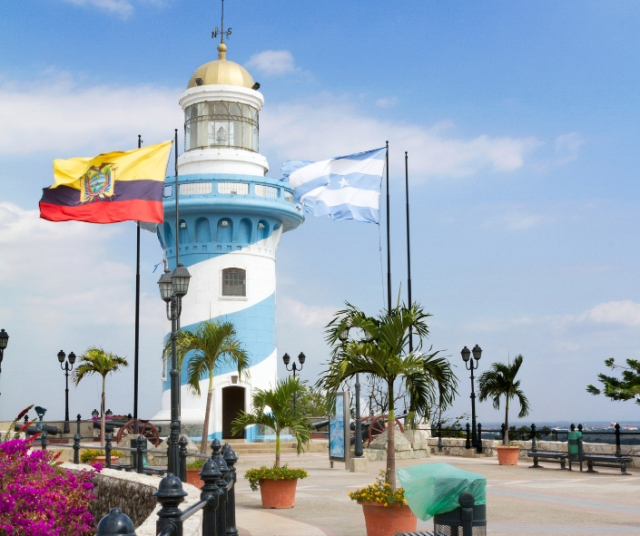
We begin our tour in Guayaquil, the most populated city in Ecuador and its main port. Located on the west coast, Guayaquil is known for its humid tropical climate. Temperatures here rarely drop below 20 degrees Celsius, and humidity is a constant companion. Sunny days are the norm, and the sun shines brightly on this city that is a major commercial and financial center.
Blanket: Sun, beach and heat.
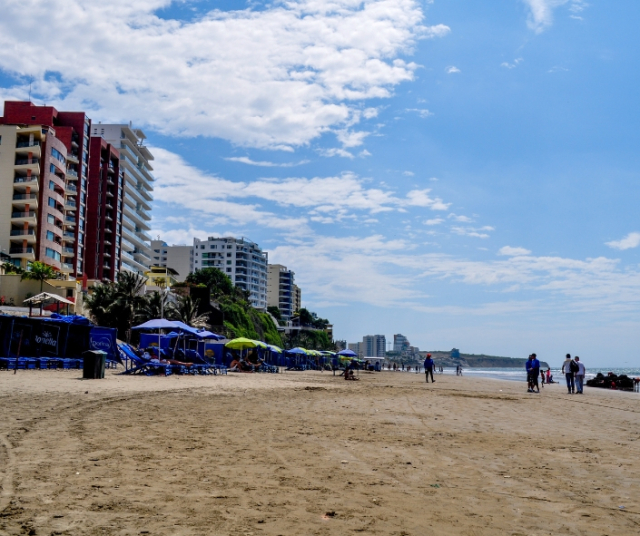
Manta, another coastal city, is located north of Guayaquil and is famous for its beautiful beaches and warm climate. With temperatures exceeding 25 degrees Celsius for most of the year, Manta is a favorite destination for those looking to enjoy the sun and the sea. Sea breezes provide some relief, but persistent heat is characteristic of this tropical city.
Emeralds: Green treasure of the Pacific.
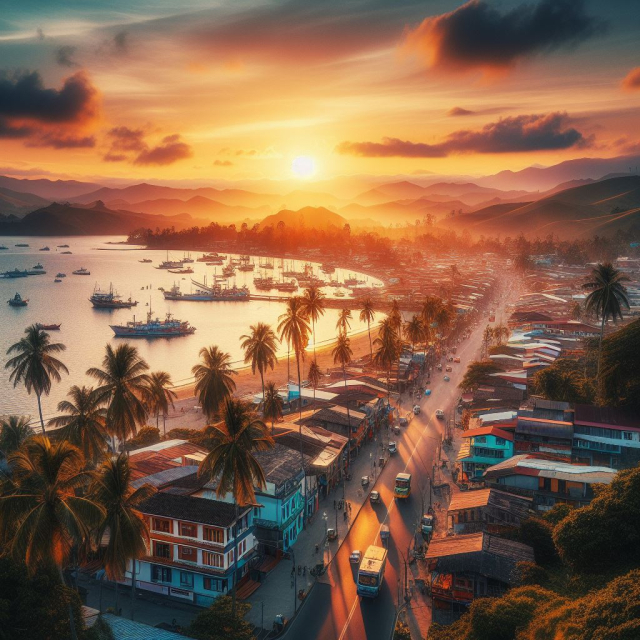
Continuing north, we arrive at Esmeraldas, a province on the Ecuadorian coast. Esmeraldas, nicknamed the "Green Treasure of the Pacific", has a warm and humid climate. Rainfall is frequent, which contributes to the lush vegetation that surrounds the city. Temperatures are around 26 degrees Celsius on average, making Esmeraldas an attractive destination for lovers of nature and tropical beaches.
Santo Domingo de los Tsáchilas: Between the jungle and the mountains.
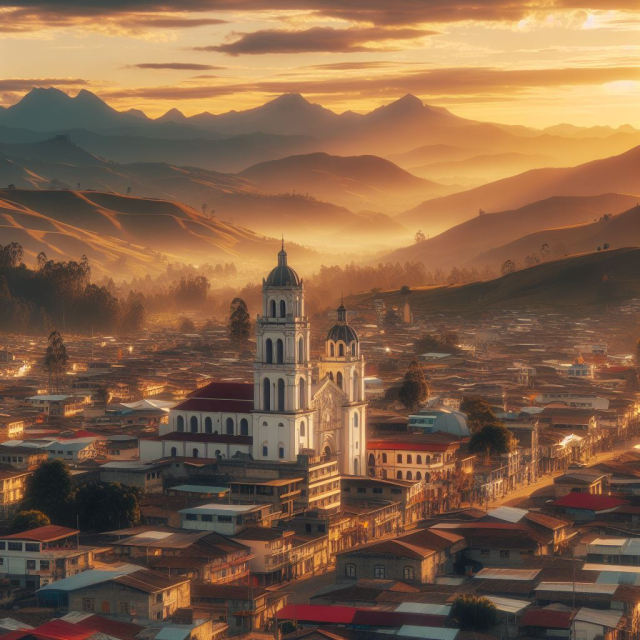
In the heart of Ecuador, we find Santo Domingo de los Tsáchilas, a province that is located between the Amazon jungle and the Andean mountains. Although not directly on the coast, Santo Domingo experiences a warm climate, with temperatures hovering around 24 degrees Celsius. Its strategic location gives it a unique mix of climatic characteristics that reflect the geographical diversity of the country.
Quito: Between the mountains and the sky.
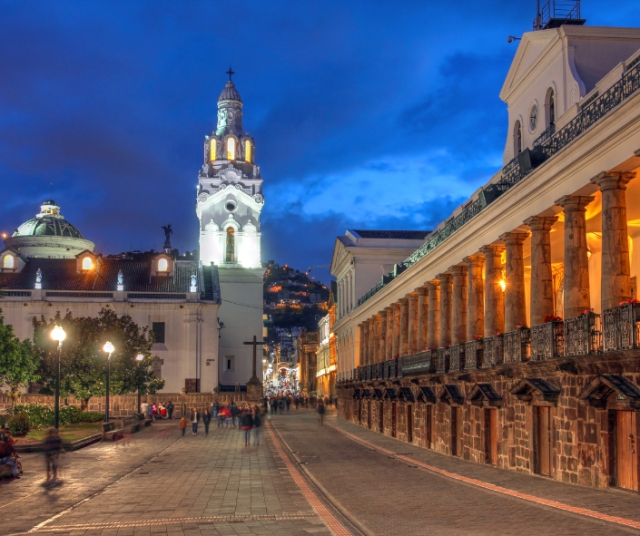
Climbing into the highlands, we arrive at the capital of Ecuador, Quito. Located on an Andean plateau, Quito enjoys a temperate mountain climate. With average temperatures around 15 degrees Celsius, the Ecuadorian capital is famous for its sunny days and cool nights. The altitude, which exceeds 2800 meters above sea level, contributes to this pleasant climatic combination.
Ambato: the city of flowers.
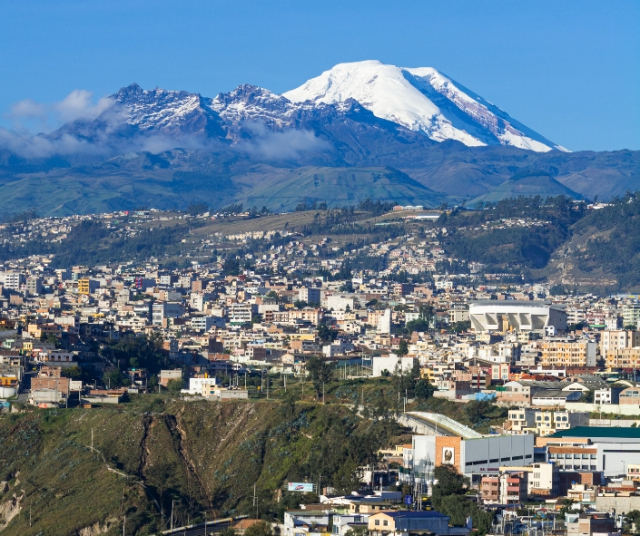
Descending through the foothills of the Andes, we find Ambato, known as the "City of Flowers". This nickname not only refers to the abundance of flowers in the region, but also to the spring climate that characterizes Ambato. With average temperatures around 18 degrees Celsius, the city offers pleasant weather all year round, making it a popular location for events and festivals.
Cuenca: Cultural treasure of the Andes.
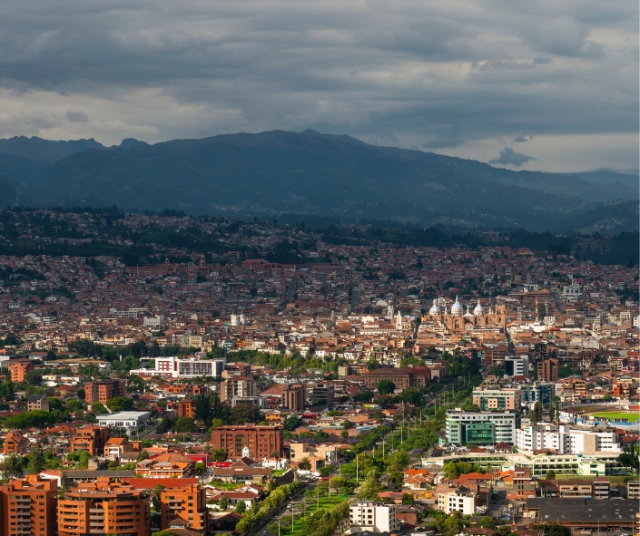
Cuenca, another jewel of the Ecuadorian Andes, enjoys a mild climate that is often described as eternal spring. With average temperatures around 15 degrees Celsius, Cuenca is known for its well-preserved colonial architecture and rich cultural heritage. Cool nights are common, but the days offer mild and pleasant sunshine.
Loja: The city of music.
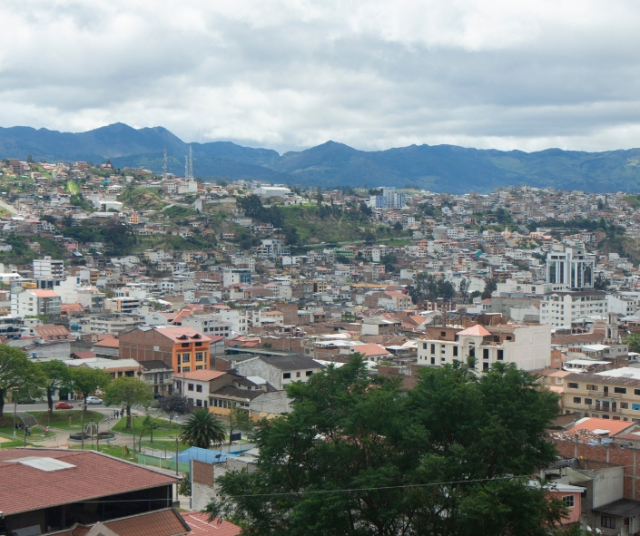
Descending even further in altitude, we arrive at Loja, a city known for its rich musical tradition. With average temperatures around 18 degrees Celsius, Loja enjoys a subtropical mountain climate. The cool breeze from the Andes provides relief during sunny days, creating a pleasant atmosphere for exploring the city and its surroundings.
Riobamba: Under the shadow of the chimborazo.
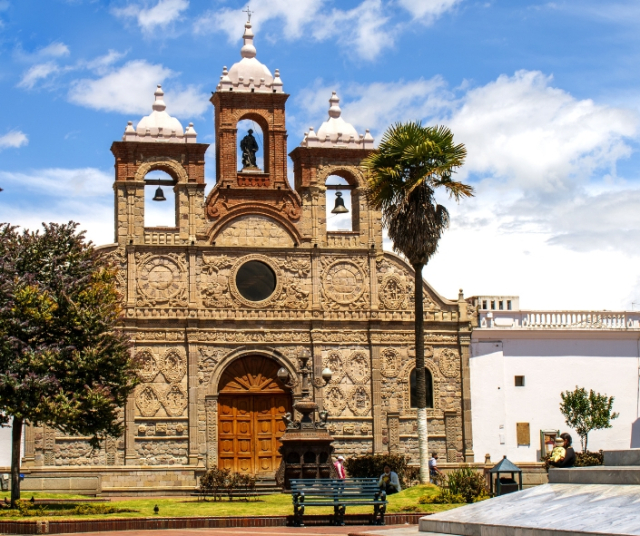
Our route now takes us to Riobamba, located under the majestic shadow of the Chimborazo volcano. With average temperatures around 12 degrees Celsius, Riobamba experiences a cool mountain climate. The nights can be cold, but during the day, the sun illuminates the city, offering a stunning landscape of mountains and valleys.
Ibarra: Between lakes and mountains.

We end our trip in Ibarra, the city located in the Chota Valley, between lakes and mountains. With average temperatures around 16 degrees Celsius, Ibarra enjoys a pleasant and cool climate. The region is known for its natural beauty, with picturesque lakes and a wide variety of flora and fauna.
Ecuador, despite its modest size, offers notable climatic diversity in its various cities. From the tropical heat of Guayaquil to the cool mountain climate in Ibarra, each region has its own unique charm and appeal. This South American country is truly a fascinating destination for those looking to explore a full range of climates while enjoying the rich culture, history, and natural beauty that Ecuador has to offer.
